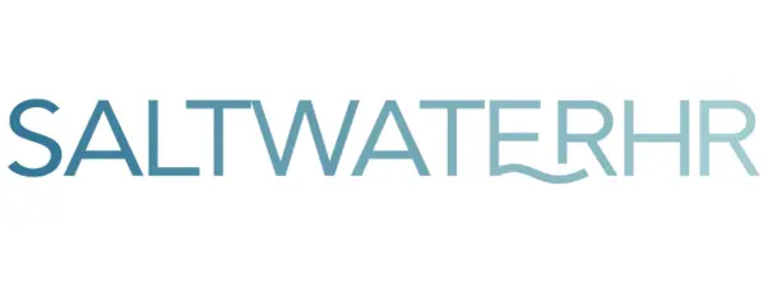What to Do Before Hiring Your First Employee: A Step-by-Step Guide for Micro Businesses
RECRUITMENT
2/5/20253 min read


Hiring your first employee is a huge milestone for your micro business. It means your business is growing, but it also comes with legal responsibilities and financial commitments. Before you dive in, here’s a step-by-step guide to ensure a smooth, compliant, and successful hiring process.
Step 1: Understand Why You're Hiring
Before posting a job ad, ask yourself:
What specific tasks do I need help with?
Can I afford to hire someone long-term?
Would outsourcing or hiring a freelancer be a better short-term solution?
If your workload is consistent and growing, hiring an employee may be the right move. But if you only need occasional support, consider freelancers or contractors first.
Step 2: Define the Role Clearly
A vague job description leads to hiring mistakes. Be specific about:
The job title and key responsibilities.
Skills and experience required.
Working hours - full-time, part-time or flexible?
Salaried or hourly paid - making sure that it meets minimum wage either way.
Whether the role will be remote, hybrid or in-office.
💡 Tip: Think about how this role will grow with your business. Identify which areas you need help with - do you need another sales person, or support staff? Hiring someone adaptable is key for micro businesses!
Step 3: Register as an Employer with HMRC
In the UK, before paying someone you must register as an employer with HMRC. This allows you to:
Process payroll and deduct National Insurance correctly.
Provide payslips, which are a legal requirement.
Set up a pension scheme.
Step 4: Prepare a Legally Compliant Employment Contract
By law you must provide a 'principal statement' (containing details relating to the role, hours, pay, etc) on or before their first day, and a wider written statement containing details of pension, collective agreements and disciplinary and grievance procedures within two months of the start of their employment.
Contracts must include:
the name of the employee
job title, description and start date
details of any probationary period
location, hours and days of the week the worker is required to work and whether that can be varied and how
details of pay, including amount and frequency
holiday and paid leave entitlement
any benefits not covered elsewhere in the statement
details of any employer-provided training
notice period
grievance, disciplinary and dismissal procedures or where to find details
terms and conditions relating to sickness, injury and sick pay other than statutory sick pay
length of employment if fixed term or temporary
terms and conditions relating to pensions, including whether a contracting out certificate is in force
details of any relevant collective agreements
⚠️ Don't copy a generic contract from the internet! It might not comply with current employment laws, or contain all the clauses necessary to protect your business.
Step 5: Set up HR Policies
Even with just one employee, you need basic HR policies covering:
Holiday entitlement and how to book leave
Sick leave and absence reporting
Workplace conduct and performance expectations
Disciplinary and grievance procedures
💡 Keep it simple. A basic employee handbook ensures expectations are clear from day one.
Step 6: Right to Work and Pre-Employment Checks
Before your new hire starts check:
Their right to work in the UK (check the originals and keep copies on file)
Any qualifications or references relevant to the role
Whether a DBS check is needed
📌 Failing to check right to work status can lead to fines - so don't skip this step!
Step 7: Set up Payroll and Pensions
You need to be able to:
Deduct tax and National Insurance
Provide employees with payslips
Process pension contributions, if applicable
You can use accounting software, such as Xero to manage this, or if it sounds overwhelming you can outsource to a payroll provider. Saltwater HR can provide recommendations for both.
Step 8: Create an Onboarding Plan
A good onboarding and induction process is key to helping new employees settle in quickly, and become productive team members.
Provide details in advance of their first day about where to go, and whether they need to bring in anything (such as their right to work documents or certificates).
On or before their first day provide a copy of their contract, policies and company info.
Set up their access to the office, their equipment and their software.
Create an ongoing training and check-in plan to make sure they are on track with developing their knowledge of the role and the company - this is vital to making sure that there are no surprise performance issues to be dealt with further down the line.
💡 Even in a small business, a structured onboarding process is important, both for the employee and the company.
Need help setting up your HR processes before making your first hire? Saltwater HR specialise in HR and recruitment support for micro businesses.
📩 Get in touch for a free consultation today.
Saltwater HR
Support
KEEP IN CONTACT
info@saltwaterhr.co.uk
07442 993534
© 2025. All rights reserved. Company No: 16121905
Expert HR solutions for your business needs.


